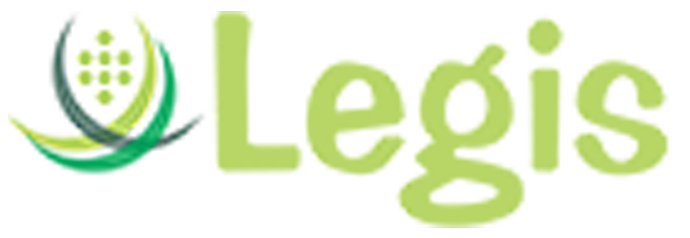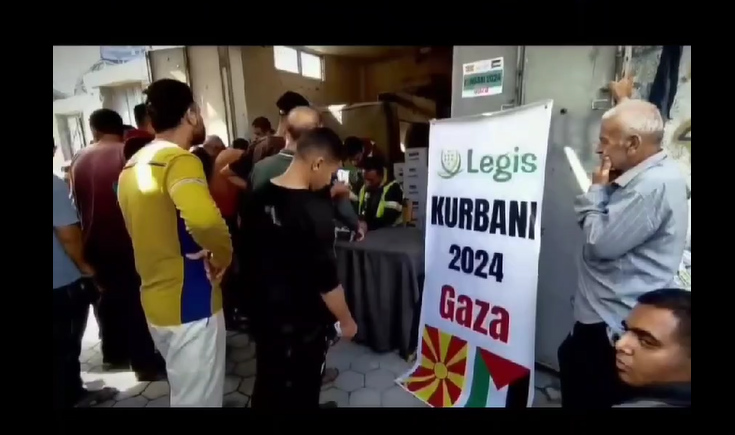In August the Border Violence Monitoring Network1
(BVMN) recorded 30 pushbacks,
impacting 324 people across migratory routes in the Balkans. This report brings together
these testimonies with field observations from across the region, highlighting the various
types of border violence…
In August the Border Violence Monitoring Network1
(BVMN) recorded 30 pushbacks,
impacting 324 people across migratory routes in the Balkans. This report brings together
these testimonies with field observations from across the region, highlighting the various
types of border violence being enacted by the EU and other states. The analysis presented
considers patterns in police violence during pushbacks, as well as the dire conditions in
camps and squated housing, aspects which make up some of the internal bordering
processes impacting people-on-the-move.
In particular focus is the experience of displaced Afghans transiting through Turkey, Greece
and the Balkans. The report provides statistical data on the experience of Afghan people-on-the-move since 2017, charting the longstanding patterns of border violence targeting them
among other groups. Alongside this, the publication looks at the situation for Afghans
arriving in Turkey, the challenges they face in accessing asylum and support, and the risks
faced in crossing into Eastern Turkey from Iran. Providing insight into EU responses to the
situation in Afghanistan, updates also come from the border of Turkey with Greece, where
further additions were made to the border wall which prevents people from accessing the
territory.
Aggressive pushback practices continued in the Evros area throughout August with more
groups left stranded on islands in the Evros/Meriç river, causing more avoidable deaths. This
sits alongside wider issues of concern that came to a head in August, including the dangerous
impacts of wild-fires across the country, the ending of UNHCR cash benefits to asylum
seekers and further criminalisation of sea rescue in the Aegean. Pushback violence is also
evidenced with testimony analysis from the Hungarian border, where the use of K9 units
mirrors police brutality endemic in the Croatian context. This report also provides further
evidence of sexual violence being carried out by Croatian officers during pushbacks to
Bosnia-Herzegovina.
?In litigation news, two key cases are analysed. First the chain-pushback of a Cameroonian
plaintiff denied asylum access in Slovenia, who?s ruling by the Supreme Court has been
flagrantly ignored by the offending Slovenian authorities – current holders of the Presidency
of the Council of the EU. Second, the case of a further chain-pushback documented by
Austria Pushback Alarmphone is highlighted, despite a landmark ruling in July from the
Regional Administrative Court of Styria. Also included is a follow up on the pattern of squat
dispersals from Northern Serbia to the border with North Macedonia, described in this
publication in relation to Belgrade.
The report also provides other updates, such as news on funding requirements imposed on
the Greek Coast Guard related to the implementation of independent border monitoring.
Meanwhile joint patrols on the Italian-Slovenian border persisted and news of increasing
illegal removals at the Polish-Belarus border marked further disturbing trends. Across the EU
external border, August was scored by persistent pushbacks and police brutality.
Source: borderviolence.eu





